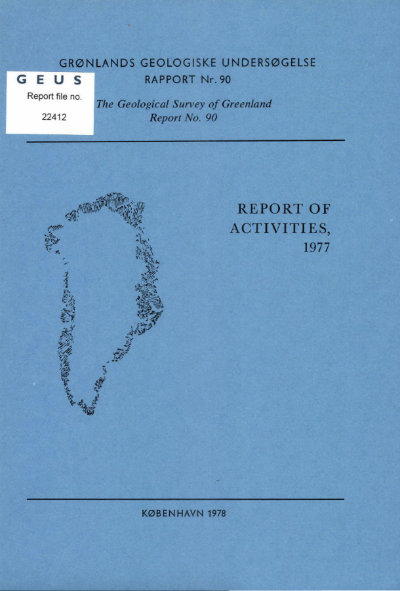Potassium-argon ages from Phanerozoic basic dykes in South-East Greenland
DOI:
https://doi.org/10.34194/rapggu.v90.7613Abstract
Nine basaltic dykes were sampled by coring during geological reconnaissance of the south-east coast of Greenland (Bridgwater et al., 1977) between Angmagssalik (65°40') and Nordfjord (fig. 49). The samples were initially collected for palaeomagnetic investigations (Beckmann,1977). In the field it was assumed that all the fresh basic dykes in the region were Tertiary in age and represented a southern continuation of the coastal dyke swarm described by Wager & Deer (1938). The timing of dyke injection is very important as a possibie indication of the initial break-up of the original North Atlantic mass. Furthermore, it was assumed that the major coast-parallel dyke swarm (for example site 26 & 28, see fig. 49) was the continuation of the more intense Tertiary dyke swarm reported by Wager & Deer (1938) further north, while the more sporadic dykes with other trends were presumed also to belong to the same general period of injection. The preliminary palaeomagnetic studies by Beckmann (1977) showed no consistent differences between dykes grouped according to their trends.
Downloads
Published
Issue
Section
License
This article is distributed under a CC-BY 4.0 licence, permitting free redistribution and reproduction for any purpose, even commercial, provided proper citation of the original work. Author(s) retain copyright over the article contents.


